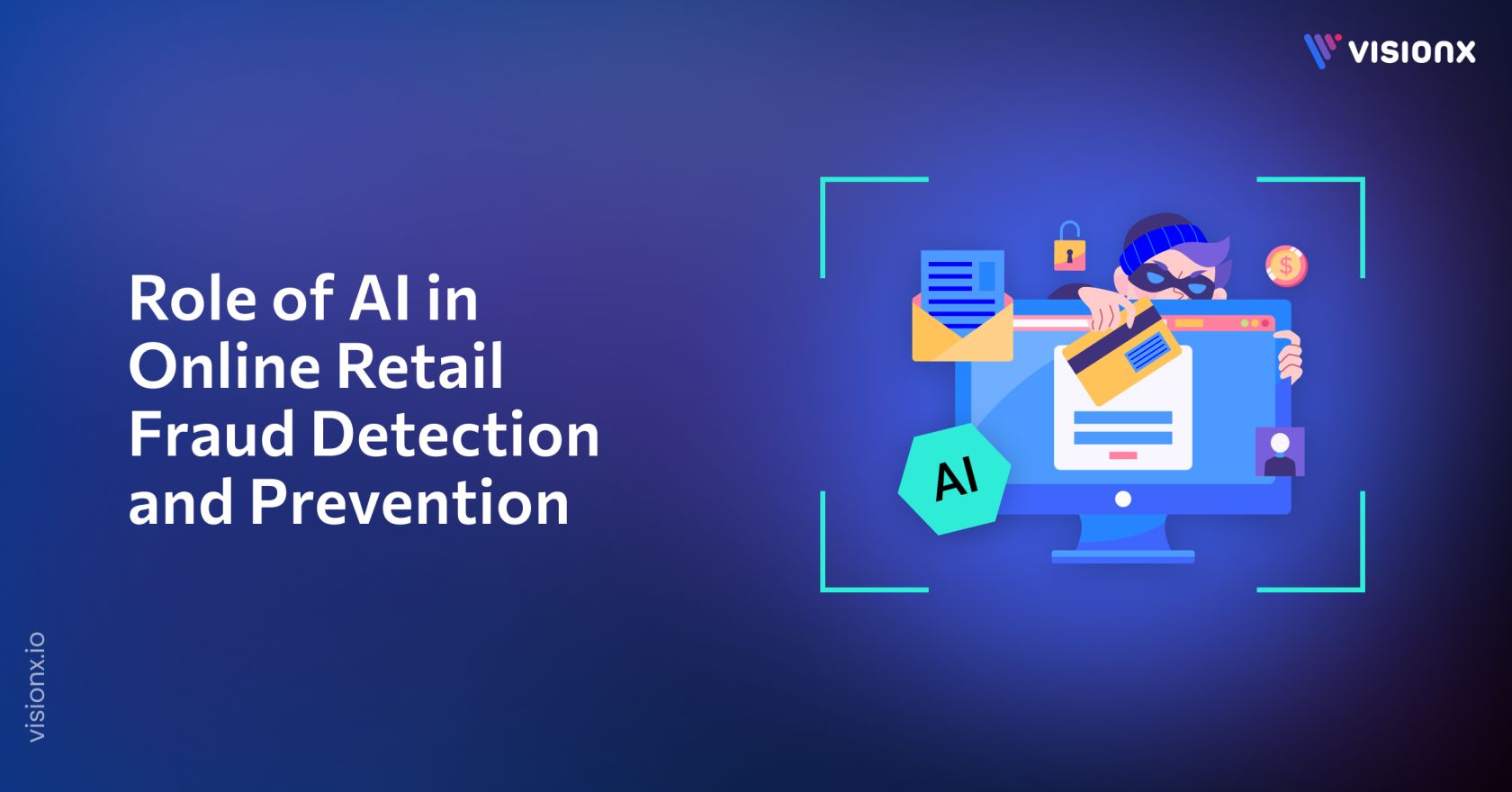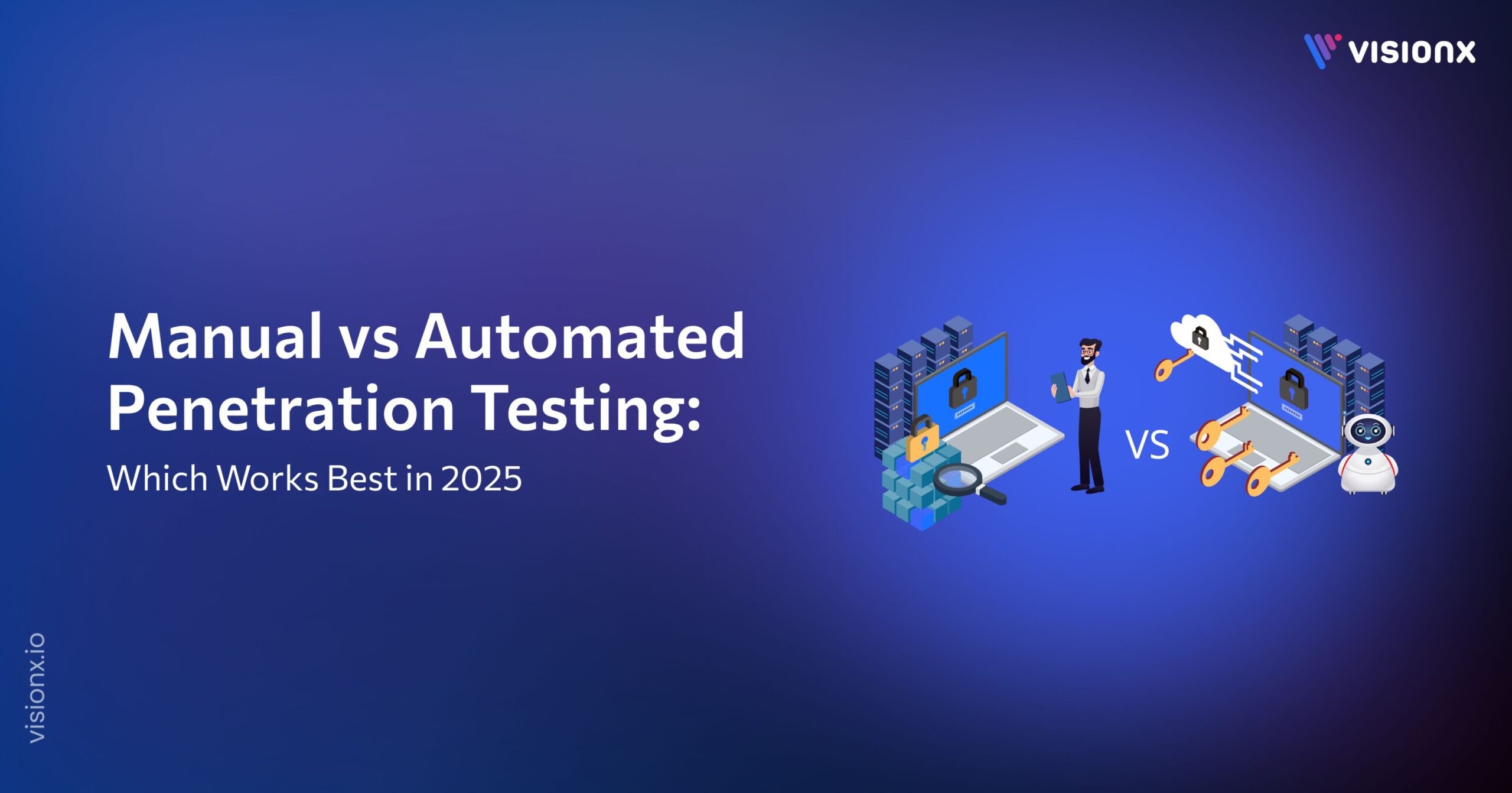Online retail fraud is a serious and growing challenge for businesses of all sizes. The true expense of each incident is often hidden. For every $1 lost to fraud, merchants actually lose about $4.61. This figure includes operational expenses, fees, and lost merchandise. All of these costs add up to a massive financial drain.
Traditional fraud detection methods usually rely on fixed, rigid rules. These systems struggle with modern threats. They frequently decline legitimate orders out of caution while simultaneously missing sophisticated, coordinated attacks. This failure impacts revenue and damages hard-earned customer trust.
Artificial intelligence in fraud detection and prevention offers a much more adaptive solution. Fraud detection technology analyzes immense volumes of transaction data in real time. They learn to identify subtle, complex patterns that indicate fraud with a high degree of accuracy. The goal of fraud detection in retail industry is to support human analysts, not replace them, by providing a far more powerful and precise tool.
In this article, you will see how AI helps retailers prevent online retail fraud. You will also learn how it works to protect both your business and your customers.
Understanding Fraud in the Retail Industry
Retail fraud creates a deep and lasting financial impact on businesses. The immediate loss of merchandise is only the initial setback. Each incident triggers a cascade of additional costs. You may incur chargeback fees from payment processors, and your team spends valuable hours investigating each case. Moreover, there are administrative expenses to consider along with the total loss of the sale.
The scale of this problem is massive. Juniper Research predicts that online payment fraud will cause merchants around the world to lose more than $362 billion of revenue in total from 2023 to 2028. By the year 2028, total losses are projected to be $91 billion annually.
The cumulative effect of these hidden costs significantly harms your bottom line. This ongoing drain on resources makes effective retail fraud prevention essential for businesses.
What is Fraud Detection in Retail Industry?
Fraud detection in retail industry relies on processes and smart technology like AI and machine learning to identify and stop dishonest activities, such as customer theft, return scams, and employee theft.
Common methods include checking transactions in real time, anomaly detection for unusual patterns, and analyzing data at the product level to catch fraud involving expensive items.
Other approaches include tracking device details, checking IP locations, verifying addresses, using voice recognition, and creating strong return policies. These steps help reduce financial losses and protect customer trust.
The Critical Need for Advanced Fraud Detection in Retail Industry
Your business faces real threats almost every day. Basic security measures cannot stop all of them. You need a fraud prevention systems that understand modern fraud.
Common Types of Retail Fraud
Fraud against your business is not always obvious. It hides in many forms. Here are the different types of retail fraud that you might face someday.
1. Credit Card Fraud (CNP):
Someone uses stolen card details to make a purchase. You lose the product and the money from the chargeback.
2. Account Takeover (ATO):
A hacker gains access to a customer’s account and uses saved payment methods. Your customer blames your store for the breach.
3. Promo and Coupon Abuse:
People create fake accounts to exploit discounts and promotions. This wastes your marketing budget and ruins your data.
4. Employee Theft:
Sometimes the threat comes from within. Fraud can happen in several ways at cash registers and self-checkouts. It includes cash skimming, giving unauthorized discounts, making fake returns, or stealing inventory.
5. Return Fraud:
A customer returns a used, damaged, or different item. Or they falsely claim an order never arrived. You lose the sale and often the product.
6. Online Fraud:
In online fraud, attackers use the internet to deceive individuals into providing their personal information or money. It includes methods such as using stolen credit cards or hacked accounts to complete transactions.
To learn how businesses can avoid leakage of sensitive information with advanced defenses, read our blog on Machine Learning in Cybersecurity.
The Real Impact on Your Business
The damage from fraud goes deeper than a single lost sale. These are the real costs that hurt your bottom line.
Direct Financial Loss
You lose revenue from chargebacks and stolen merchandise. The costs add up quickly.
Loss of Inventory
Products leave your warehouse without any payment. This shrinks your profit margins. Businesses are now turning to AI inventory management to track stock accurately and reduce such losses.
High Operational Costs
Your team spends too much time investigating disputes instead of serving loyal customers.
Brand Reputation Damage
Customers lose trust if they feel your site is not secure. Once trust is gone, it is very hard to get back.
You need a fraud detection solution that stops these losses without frustrating your real customers. Your business relies on effective retail fraud detection.
How AI and Machine Learning Transform Fraud Detection
The old way to catch fraud does not work well, and static rules are too slow and too simple. But AI in fraud detection moves you from simple rules to real intelligence.
From Rules to Intelligence
Rule-based systems ask basic questions. “Was the order over $500?” or “Was it shipped to a new address?” These questions create many false alarms and miss clever fraud.
AI does not rely on rules. It learns from your data. It analyzes thousands of signals at once, such as how a user types, their device info, typical purchase time, and more. It connects dots no human ever could. This represents a transition from basic filters to advanced, intelligent protection.
Core Techniques Powering AI Fraud Detection
The power of AI comes from a few key methods. Each one works in a different way to protect your business. Understanding them helps you see how the technology actually works.
1. Supervised Learning
This method learns from past examples. You show the system historical data labeled as “fraud” or “not fraud.” It studies these examples to find patterns. Then it uses those patterns to score new transactions in real time.
2. Unsupervised Learning
This technique finds what it does not know. It looks at all your transactions to spot strange outliers or emerging fraud patterns that have no historical label. It helps you find threats you did not even know existed.
3. Deep Learning & Neural Networks
These are complex models that mimic the human brain. They are excellent at processing huge amounts of messy data to find deeply hidden, non-obvious patterns that simpler models would miss.
4. Behavioral Analytics
The behavioral analytics studies the user’s behavior. How do they move their mouse? How fast they type. Their usual login time. A fraudster may have a valid card, but their behavior will often betray them.
Key Applications of AI in Online Retail Fraud Prevention
This fraud detection technology offers concrete solutions for everyday problems. Here is how fraud detection in retail industry actively works to secure your revenue and protect your customers.
Real Time Transaction Scoring
Every order gets a risk score as it happens. The retail fraud detection system evaluates hundreds of factors in milliseconds. It looks at purchase amount, device fingerprint, user behavior, and location data. It approves good orders quickly and flags suspicious ones for review. This stops fraud without slowing down your customers.
Identity Verification and Authentication
The retail fraud prevention system checks if users are who they claim to be. It analyzes biometric data, typing patterns, and device characteristics. This creates a unique digital fingerprint for each customer. It makes stolen passwords and basic spoofing much less effective.
Network Analysis
Fraudsters often work in groups. The fraud detection technology maps connections between accounts, shipping addresses, and payment methods. It can spot a network of fake accounts linked to a single source, even if each one looks legitimate on its own.
Preventing Account Takeover
The system learns a user’s normal behavior. It knows their typical login time, location, and purchase habits. If someone tries to access an account from a new device and acts differently, it detects an anomaly. It can block the login or require extra verification.
Mitigating Policy Abuse
The system enforces rules around returns, promotions, and discounts intelligently. It identifies customers who abuse return policies. It catches those who use multiple accounts to claim the same promo code repeatedly. This protects your profit margins from customers who try to cheat the system.
How to Protect Your Business: Implementing an AI Fraud Strategy
Getting started with AI fraud detection in retail industry does not need to be complicated. Follow these practical steps to build a defense that works for your business.
Step 1: Assess Your Current Risk and Data
Begin by understanding your specific situation. Look at your historical fraud data. Identify your most common types of retail fraud and calculate their true cost. Check what data you already collect from transactions and user sessions. Remember, good data is the foundation of any AI fraud detection technology..
Step 2: Define Your Requirements
Decide what you need from the system. Think about your average order value, sales volume, and customer demographics. Determine your risk tolerance vs. customer friction. Describe what success means to your business, whether that be fewer chargebacks, greater approval rates, or just overall better trust with customers. Strong retail fraud prevention starts with clear goals
Step 3: Choose Your Solution Path
You have two main options to implement AI protection:
- Option A: Third-Party Fraud Prevention Services
These are ready-to-use platforms. You pay a subscription fee and integrate their tools with your checkout process. This is faster to implement and easier to manage if you lack technical resources. Such services are widely used in online retail fraud protection.
- Option B: Build an In-House AI System
This option gives you full control and customization. It requires a team of data scientists and a significant investment. This path makes sense only for very large enterprises with specific retail fraud detection needs.
Step 4: Balance AI Systems and Human Expertise
AI works best with human oversight. Your fraud analysts should review the AI’s decisions, especially the high-risk flags. Their expertise helps train the system and catch edge cases. This partnership between machine efficiency and human intuition creates your strongest defense in retail fraud prevention.
Benefits of Implementing AI for Fraud Detection in Retail Industry
Adopting AI for fraud prevention in retail industry brings clear and measurable benefits to your business. These benefits of AI in fraud detection and prevention directly impact your revenue and customer relationships. The right system does more than stop retail fraud. It becomes a real competitive advantage for your store.
Significantly Improved Accuracy
AI systems make far fewer mistakes than traditional rule-based systems. They achieve this by analyzing thousands of data points at once. This means they decline fewer good orders while they catch more clever online retail fraud attempts. This precision saves you money and protects your sales.
Enhanced Customer Experience
Good customers should never face frustrating checkout delays. AI makes quick and accurate decisions that keep real orders moving. This builds customer loyalty and encourages repeat business. People remember when a transaction feels seamless and easy, proving the value of effective retail fraud detection.
Operational Efficiency
Your team will spend less time reviewing false alarms. The AI handles the initial screening and only flags truly suspicious cases. This allows your staff to focus on more valuable work that helps your business grow, while the system takes care of retail fraud prevention.
Scalability
An AI system grows naturally with your business. It can handle increased transaction volumes during busy seasons without the need for more staff. The system maintains strong protection even as you expand into new markets.
Adaptive Learning
The system never stops working to improve. It constantly updates its models to recognize new fraud patterns. Your protection evolves automatically, without requiring manual updates to rules. This makes your fraud detection technology smarter every single day.
The Future of AI in Retail Fraud Prevention
The tools we use to fight fraud keep getting smarter. What comes next will feel less like a security checkpoint and more like a smart assistant that knows both your business and your customers. The future of fraud detection in retail industry will rely on advanced technology that is both proactive and adaptive.
Generative AI
Generative AI will act as a training partner for your retail fraud prevention systems. It creates realistic synthetic fraud scenarios to help models train safely without exposing real customer data. These systems will also improve how they explain their decisions to your team.
Predictive Analytics
Predictive maintenance for fraud systems will become standard. By analyzing broader trends and data patterns, AI will identify vulnerabilities and emerging threats in retail fraud detection before they impact your business. This proactive approach lets you strengthen defenses before attacks occur.
Hyper-Personalization of Security
Security will adapt to individual customer behavior. Your regular shoppers will experience seamless checkouts, while unusual activity will trigger appropriate verification. The system learns each customer’s normal patterns to provide protection that feels invisible.
Increased Collaboration
Retailers will share anonymous threat intelligence through secure networks. When one business detects a new online retail fraud method, others gain immediate insights. This collective defense approach makes the entire retail ecosystem more resilient against evolving threats.
How Can You Secure Your Retail Future with VisionX?
You build your business on trust and quality. Fraud threatens that foundation. Every chargeback and stolen item chips away at your hard-earned revenue. You need a fraud detection solution that works as hard as you do.
VisionX helps you solve this problem by providing real-time fraud prevention that protects your revenue. Through our Gen AI development services, we build and deploy custom systems that analyze transactions as they happen to stop fraud before it costs you money. These solutions automatically block fraudulent activity while approving legitimate orders faster.
We help you reduce false positives that decline good customers. Our machine learning models understand normal customer behavior to minimize checkout friction. This means higher approval rates and better customer experiences.
VisionX adapts to new fraud patterns as they emerge. The system continuously updates its detection models to stay ahead of threats. Your protection evolves without manual intervention.
To learn more about how VisionX can protect your store, visit our website for a detailed consultation.
FAQs
What is a significant challenge in implementing AI systems in the insurance industry?
A major challenge is data privacy and regulatory compliance. Insurance companies deal with sensitive customer data, and strict rules such as GDPR or HIPAA limit how that data can be used to train AI. Another difficulty is keeping AI decisions transparent and fair.
How to detect retail fraud?
Retail fraud can be detected by monitoring transactions in real time, spotting unusual purchase behavior, and verifying customer identities. AI tools help flag high-risk activities before they cause financial loss.
What are the strategies for fraud detection?
Effective strategies include transaction monitoring, identity verification, anomaly detection, and the use of machine learning models. Combining automated tools with manual reviews creates stronger fraud prevention.
What are the three types of fraud?
The three main types are customer fraud, employee fraud, and online fraud. Customer fraud can include return scams or shoplifting. Employee fraud often involves theft or discount abuse. Online fraud covers account takeovers and card-not-present scams.


